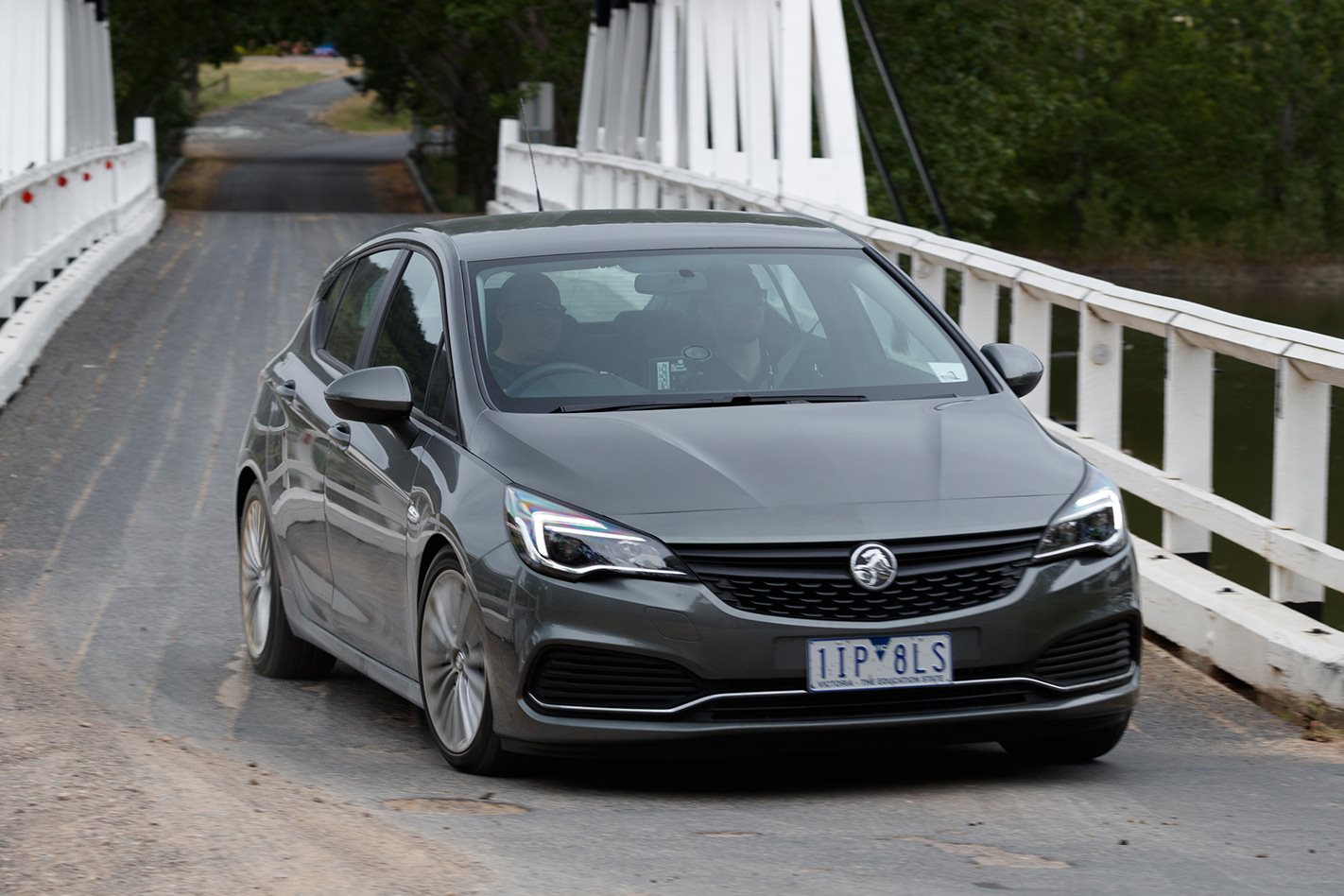Holden ups its competitiveness in the small car segment with the launch of the latest-generation Astra five-door hatch.
WHAT IS IT? Astra is an Opel-developed five-door hatchback based on a brand new architecture and offered in Australia with a choice of two petrol-turbo four-cylinder engines, manual or automatic transmissions and three equipment specifications.
WHY WE’RE TESTING IT Despite the rising popularity of SUVs and pick-ups, small passenger cars remain the number one sales segment in Australia. After both its Korean experiment and building the Cruze locally didn’t work, Holden has opted for the Astra to reclaim its share of the market.
MAIN RIVALS Mazda3, Volkswagen Golf, Honda Civic, Toyota Corolla.
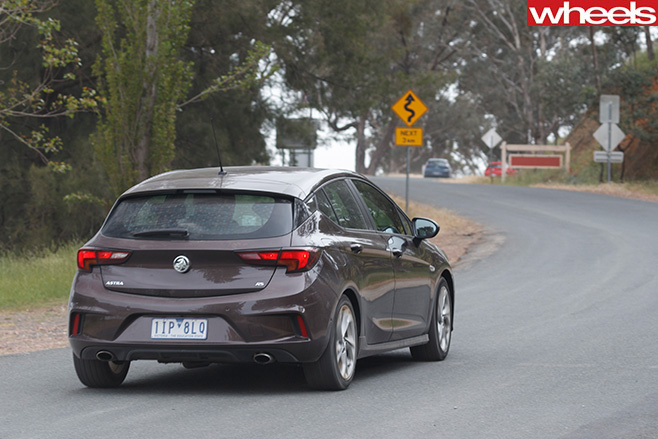
PLUS: Dynamically excellent, interior spacious, loaded with tech in upper specs MINUS: Premium pricing, 1.4 needs sports mode to show its best
THE WHEELS REVIEW So here we go. Holden hasn’t become an importer yet, but the arrival of the Astra small car is the latest significant milestone on the way to that momentous change for Australia’s automotive brand.
The Opel-developed, Polish-built BK Astra five-door hatchback replaces the locally-built Cruze sedan, hatch and wagon in Holden dealerships, while the previous-generation PJ Astra continues on for now in three-door form. Holden Cruze production ceased October 7, about 12 months before locally-developed Holden Commodore ends its life.
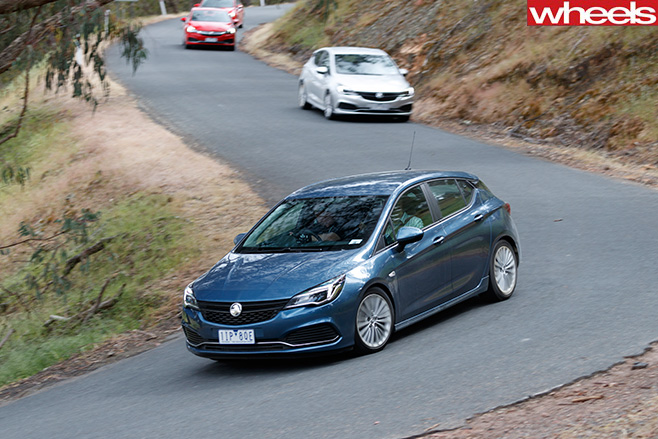
The European arm of General Motors also had a crack at selling the nameplate here in its own right in 2012-13, but that foray was built on an unconvincing rationale and ended quickly and badly.
Holden is selling the Astra as a benefit of the transition from manufacturer to importer. Without the need to keep the assembly line rolling at Elizabeth it can pick and choose what models it wants from the global GM larder.
And in this case it’s chosen well. Astra raises Holden’s competitiveness in the largest new vehicle segment of them all from also-ran to potential gold medallist. This car has the all-round composure and sense of quality of the Volkswagen Golf, steers with the clarity of a Mazda3 and rides with the suppleness of the Honda Civic.
There’s nothing revolutionary about the way Opel – with some input from Holden engineers – has gone about all this. As its Monza concept-inspired looks suggest, it is simply bang-up-to-date.
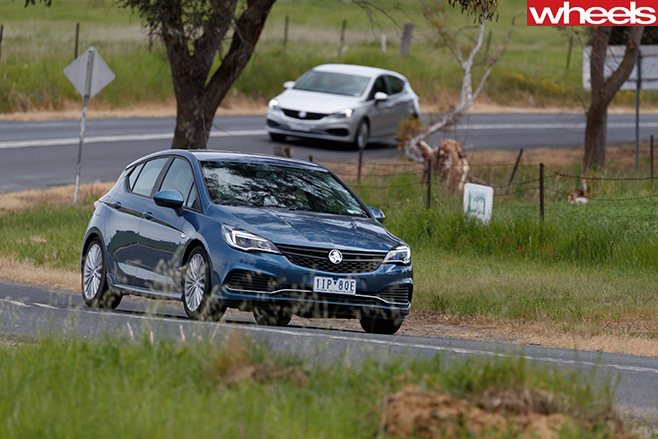
The suspension set-up is absolutely orthodox Mac struts and Watts link beam axle, while the steering is electric assist rack and pinion, which like the auto’s shift points and throttle, can be adjusted through normal and sports modes.
Flinging both the 1.4 and 1.6 along some winding roads north of Canberra during the local launch reminded us just how much fun a well-sorted, lithe and moderately powered vehicle can be.
Torque vectoring by brake, an acute steering tune – developed by Holden – and an adjustable, flat-riding chassis helped the Astra happily burrow its way into corners and then pull out nice and hard with the aid of two engines that enjoy a rev.
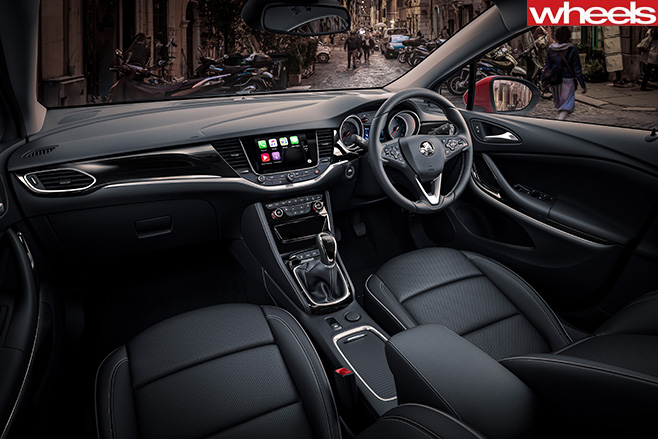
Inside, the Astra can comfortably accommodate four adults in a cabin that is noticeable for stylish presentation, supportive – if Germanically-firm seats – and some clever touches like the pocket in the centre stack to slot your smartphone and the ledge to rest your thumb on when operating the touchscreen. If you’ve ever bounced down a rough road stabbing at the screen and ended up listening to One Direction while trying to select Rage Against the Machine, you’ll know what a nice detail idea this is.
But there are some drawbacks. There are no rear air-con vents or door grabs and only the driver gets an auto-up power window.
But the real issue for Astra is Holden. It has acknowledged its past flaws, declared itself a new-age car company and set its sights on the future.
The Astra will be a great test of its mettle, because the three-model range is no longer cut-price – as the Cruze was. It is well equipped, but Mazda, Hyundai and Toyota – heck VW for that matter – play this game hard and if sales numbers don’t hit targets it will be telling to see how well Holden and its powerful dealer body resists the instinct imbued over decades to discount in search of volume.
So yes, the Astra is the vanguard of a future many of us are dreading, but at least the car itself is worth welcoming.
SPECS Model: Holden Astra RS-V Engine: 1598cc 4cyl, dohc, 16v, turbo Max power: 147kW @ 5500rpm Max torque: 300Nm @ 1750-2000rpm Transmission: 6-speed Automatic Weight: 1363kg 0-100km/h: 7.4sec Fuel economy: 6.3L/100km Price: $33,190

